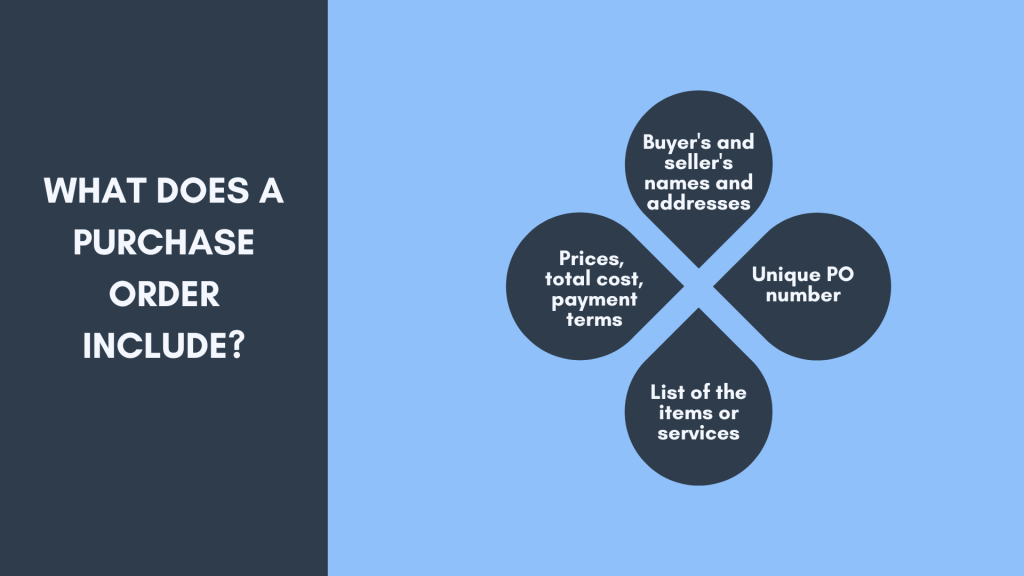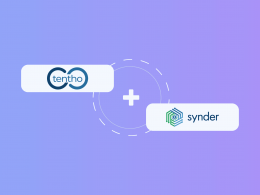In the world of business, purchase orders (POs) are like reliable guides, quietly ensuring smooth transactions. These documents are more than just paperwork; they clearly lay out what’s being bought, prices, and delivery details. purchase orders bring clarity to the business process, helping both buyers and sellers navigate transactions efficiently.
Let’s look at role of purchase orders, exploring how they enhance transparency and streamline business operations.
Key takeaways
- Purchase orders (POs) are essential documents that clearly outline transaction details, ensuring smooth and transparent business operations.
- The creation and approval of purchase orders involve multiple steps to ensure accuracy and compliance, facilitating efficient procurement processes.
- Leveraging technology and automation in managing purchase orders enhances accuracy, reduces manual effort, and improves overall efficiency in business transactions.
Level up your accounting with smart automation! Integrate financial data from all your sales channels in your accounting to have always accurate records ready for reporting, analysis, and taxation. See it in action with a 15-day free trial or spare a spot at our weekly public demo to have your questions answered.
What is a purchase order (PO) and what purpose does it serve in the procurement process?
A purchase order (PO) is a formal document issued by a buyer to a seller, outlining the details of a transaction for the purchase of goods or services. It serves as a crucial element in the procurement process, providing a written record of the agreement between the buyer and the seller. The primary purpose of a purchase order is to specify the items or services being purchased, their quantities, agreed-upon prices, delivery dates, and any other essential terms and conditions. This document acts as a contractual agreement, ensuring clarity and reducing the potential for misunderstandings between the parties involved in the transaction.
Related:
How to Write an Invoice: What an Invoice Is & Tips on How to Write an Invoice
What information is typically included in a purchase order?

Apurchase order is a comprehensive document that includes essential information to facilitate a smooth transaction. It typically contains details such as
- The buyer’s and seller’s names and addresses,
- A unique PO number for identification,
- A list of the items or services being purchased with corresponding quantities and descriptions,
- Agreed-upon prices, total cost, payment terms, delivery date, and any special instructions or terms and conditions.
This wealth of information ensures that both parties are on the same page and helps prevent disputes or discrepancies during the fulfillment of the order.
How does the creation and approval process of a purchase order usually work within an organization?
The creation and approval process of a purchase order within an organization involves several key steps to ensure accuracy and compliance. Typically, the process begins with a request for the needed goods or services from a department within the organization. This request is then reviewed and validated by the relevant parties, such as the procurement team or department head. Once approved, the procurement team generates a purchase order, incorporating all necessary details. This document is then sent for further approvals, including financial approvals to ensure budget compliance. After all necessary approvals are obtained, the purchase order is transmitted to the supplier, initiating the procurement process.
What are the benefits of using purchase orders in business transactions?
The use of purchase orders in business transactions offers several key benefits that contribute to efficient and transparent procurement processes.
Firstly, purchase orders provide a documented trail of the transaction, serving as a legal and financial record. This documentation is invaluable for both the buyer and the seller in case of disputes or audits.
Secondly, purchase orders enhance communication between the buyer and the seller by clearly specifying the terms of the agreement, reducing the likelihood of misunderstandings.
Additionally, they provide better control over expenses, helping organizations manage budgets effectively. Overall, the systematic use of purchase orders promotes accountability, accuracy, and adherence to established procedures.
How does a purchase order differ from an invoice?
While a purchase order and an invoice are both essential documents in the procurement process, they serve distinct purposes and occur at different stages of the transaction.
A purchase order is issued by the buyer before the goods or services are delivered, outlining the terms of the agreement. On the other hand, an invoice is generated by the seller after the delivery of goods or completion of services, requesting payment from the buyer.
The purchase order serves as an authorization for the transaction, while the Invoice functions as a request for payment. Understanding this distinction is crucial for maintaining clarity in financial transactions and ensuring that both parties fulfill their respective obligations.
What challenges or common issues can arise in the management of purchase orders, and how can they be mitigated?
The management of purchase orders may encounter various challenges that can impact the efficiency of the procurement process.
One common issue is the potential for delays, either in the approval process or the delivery of goods. To mitigate this, organizations can implement streamlined approval workflows and maintain open communication channels with suppliers.
Discrepancies between the purchase order and the delivered goods are another challenge that can lead to disputes. Regular reconciliations, thorough inspections upon receipt, and effective communication with suppliers can help prevent and resolve such discrepancies.
Lastly, communication breakdowns between departments involved in the procurement process can hinder efficiency. Clear communication protocols and the use of centralized systems can address these challenges and foster a smoother procurement workflow.
Leveraging technology and automation to streamline the purchase order process?
Technology and automation play a crucial role in streamlining the purchase order process, offering numerous benefits to organizations.
Automated systems can be implemented to generate purchase orders based on predefined criteria, reducing manual effort and minimizing the risk of errors. Electronic approval workflows enable faster processing, ensuring that purchase orders move through the necessary approvals efficiently. Integration with inventory management systems and supplier databases helps maintain accurate records and facilitates real-time tracking of orders.
Additionally, electronic communication platforms enhance collaboration between departments and suppliers, reducing the likelihood of misunderstandings. Embracing technology and automation not only increases the speed and accuracy of the purchase order process but also contributes to overall efficiency and cost-effectiveness in procurement.
Conclusion
As you can see, purchase order is the backbone of the procurement process, providing a structured and documented approach to business transactions. From its role in specifying transaction details to its benefits in enhancing communication and control, understanding the nuances of purchase orders is essential for organizations seeking efficient and transparent procurement processes. By addressing challenges and leveraging technology, businesses can optimize the creation, approval, and management of purchase orders, ultimately contributing to streamlined operations and successful business transactions.
Continue reading: Do you know what EDI payments are?
Share your thoughts
How do you manage purchase orders? Fell free to share your experience in the comments section below. We’d love to hear from you!

.png)




